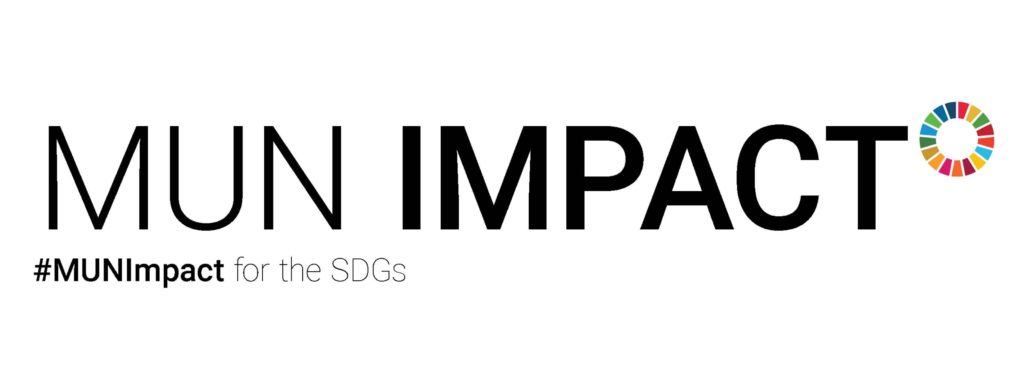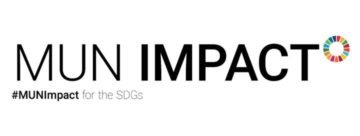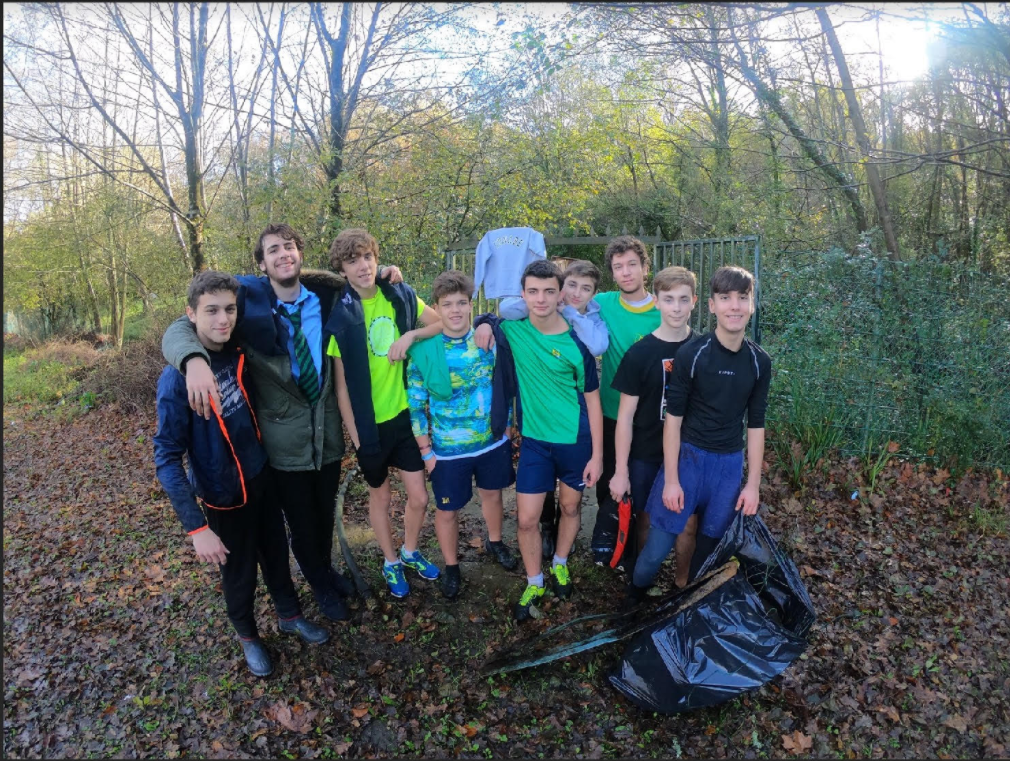Over the last year, Munabe School, located in Bilbao, Spain, completed three river clean-ups, all while learning a great deal about the ecosystem. Subsequently, primary, middle and high school students compiled presentations about climate change, connecting their previous knowledge to what they learned through these clean-ups.
Munabe has been actively involved with promoting the SDG goals; they have successfully completed three MUN Impact activities since the start of last year, primarily concentrated around SDGs 13, 14 and 15:
__
-
First river clean up:
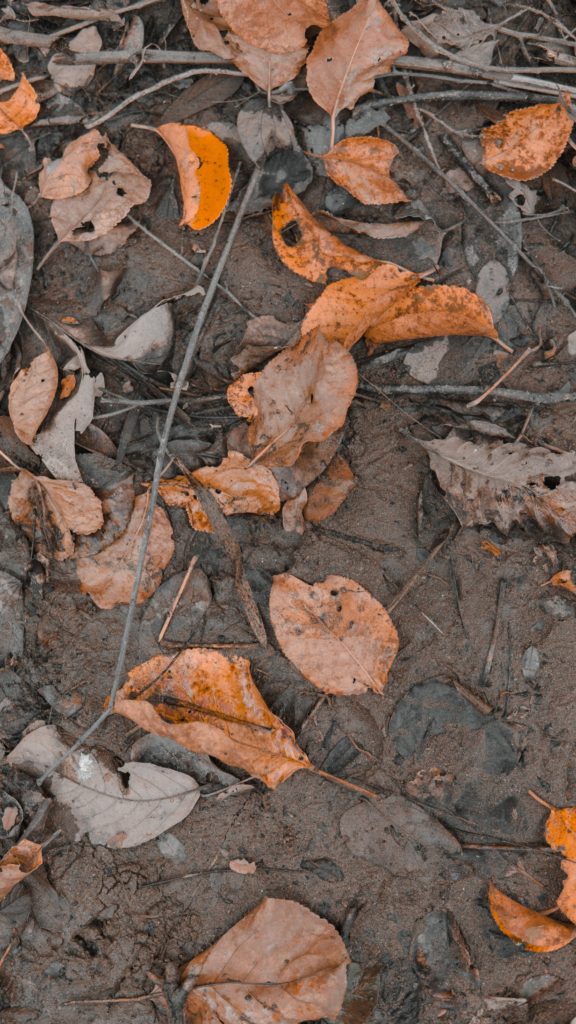
On Friday 22 of May 2019 Munabe School took on the river cleanup initiative which consisted of the following:
Investigation
The investigation consisted of a process involving the pH level of the water, its fluidity, and its oxygen level to gain some intel on the current situation of the river. They discovered that summertime temperature was 12.5ºC. Reactive tests regarding pH levels came out to a level of 7.1, while dissolved oxygen-level tests were at high levels (10 mg/L). In order to see why this occurred they also checked the fluidity of the water, as the more it moves the more oxygen there is. It appeared quite high. In regard to life in the ecosystem, students found an array of invertebrates from efímera larva to trichoptera larvae–a good amount for such a small river.
_
Cleanup
The cleanup consisted mostly of picking up all the plastic waste which ended up in the river via gusts of wind. They covered a portion of the river, land and surrounding banks that belonged to their school.
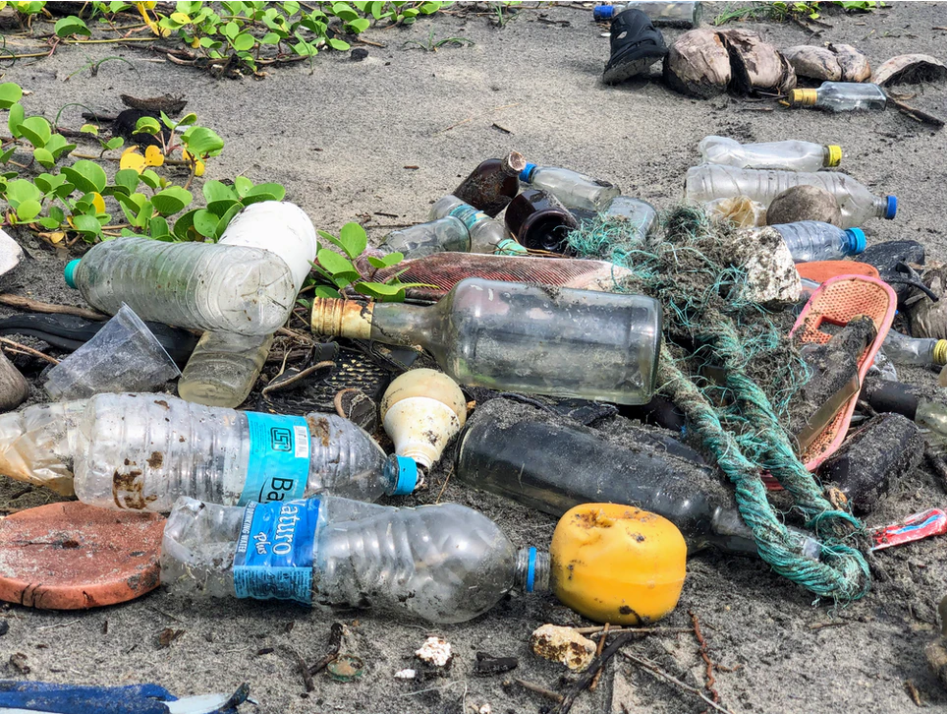
__
_
Findings
Students found that the chances of micro-plastics being left over was extremely unlikely because the movement of the water was significant.
They also found metal leftovers from previous structure, which belonged to the water waste and management system of the school’s old pool property that had been covered up. Plastic waste consisted of bags, bottles of water and tape (probably used to keep people off the pool). Other waste was made up of cartons of several beverages and tin cans.
All in all, students were surprised by the small amount of waste found–which is probably due to the fact that the river flows quite fast, hence washing away the rest of the waste. Volunteer Jaime Nunnikhoven states, “this activity ultimately served to create a more conscious social environment and enabled us to continue promoting more initiatives.”
_
-
Map of undisposed waste in the school’s area:

On November 25th volunteers worked on creating a map highlighting the areas where litter was found and whether or not was it organic or inorganic.
They concluded that there was more inorganic waste present (mostly composed of wrappers, plastic bags and water bottles). Volunteers then logically determined that a certain amount of garbage was coming from the road or the surrounding area (due to the wind). They noted specific hotspots that gathered the most waste. Unfortunately, the waste found close to the river wasn’t cleaned up until they began to take care of the area.
_
Conclusion
Currently school leaders and clean-up organizers are spreading awareness to students, making sure that they know how to dispose of waste correctly and enabling more dialogue around these issues (among the student council). Thanks to this mapping, the school has also extrapolated where waste is piled up and where they should focus their efforts in order to keep the environment clean.
_

_
-
Second river clean up:
On November 29th 2019 Munabe School continued on their previous river clean-up and have begun to make it a monthly task:
_
Cleanup
This time around, students and volunteers were surprised to find little to none inorganic waste. Instead they found that it was actually the flourishing vegetation and dead matter (branches, fallen leaves, overgrowing trees, weeds) that kept the current of the river from flowing effectively thereby affected the ecosystem. Responding, the clean-up crew managed to remove most, if not all, of the obstacles that obstructed the current’s flow. As a result, they noticed more life showing up in previously-clogged areas. The old pool-waste disposal system was also removed.
_
Conclusion
After these series of projects, volunteers, students, and those involved all learned valuable lessons about how the ecosystem functions and how to improve their efficiency of maintenance.
_

_
Throughout these projects, Munabe School has seen just how valuable their efforts in preserving their environment are. They’ve admirably established a socially conscious environment, and set a model for others to follow.
